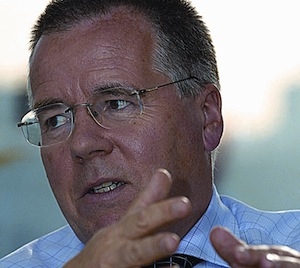John Moret: Big isn’t always the best

Earlier this week I spoke at a TISA seminar on Mastertrusts. I was a bit of an interloper – Mastertrusts are certainly not my specialist subject – but I was asked to talk about lessons to be learnt from the Sipp market.
